Sustainable Fisheries UW examines a recent paper that claims fishing effort is not simply displaced by protected areas
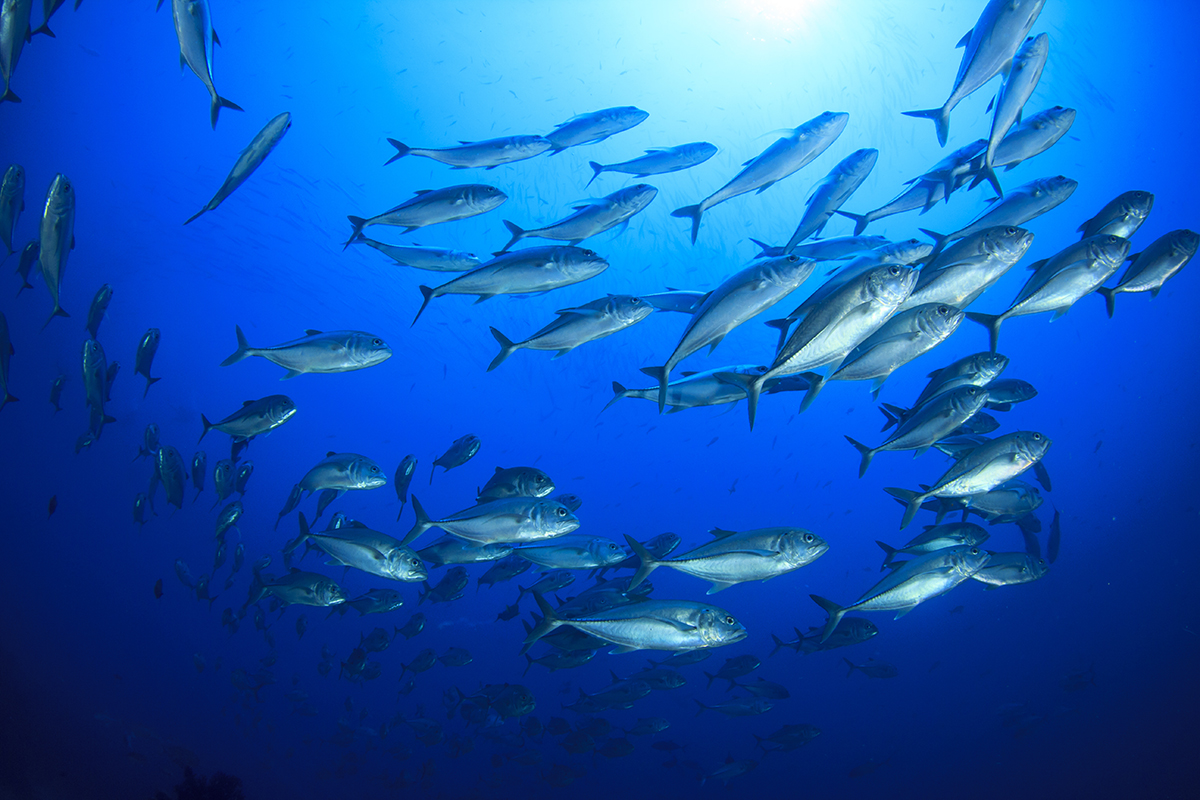
One of the main criticisms of marine protected areas (MPAs) is that they move fishing effort rather than eliminate it. No longer allowed to fish in a particular area, fishermen simply fish harder outside the MPA, leading to little overall benefit to population abundance or catch.
A classic example is the Phoenix Islands Protected Area, a UNESCO World Heritage Site in the Southern Pacific Ocean. When it was established in 2015, it was the largest MPA in the world, mostly impacting tuna fisheries. However, research showed that tuna fishermen simply fished elsewhere and tuna catch stayed the same (it is worth noting that tuna populations were healthy before the MPA was established). Kiribati recently decided to reopen the MPA to tuna fishing after misguidedly losing out on a decade of fishing revenue.
However, McDonald et al. 2024, a paper published July 2024 in PNAS claims that, when conditions are right, MPAs can reduce fishing effort. The results are worth unpacking.
Solving an MPA modeling problem
Until now, MPA models have generally assumed that, once an MPA is established, fishing effort either moves outside the MPA or disappears altogether. The truth is somewhere in between, and McDonald et al. 2024 set out to model it.
Using data from Global Fishing Watch and a machine learning algorithm, McDonald et al. 2024 built a predictive model designed to estimate how fishing behavior changes after an MPA is established.
Their main finding is that yes, some fishing effort disappears when an MPA is established, but how much depends entirely on where the MPAs are placed and no other variables, including size of the MPA, really matter:
Regardless of the network’s objectives, how it was designed, the percentage of the ocean covered, or the forecast horizon, the key driver is the overlap of the proposed network with current fishing effort.
Fisheries in Focus: Marine protected areas don’t help tuna population, new paper shows
Two sides of the 30×30 coin
The finding that establishing MPAs in areas with high amounts of fishing will see more reduction in fishing effort than MPAs in areas with little fishing to begin with feels like a common-sense outcome, but the conservation implications are complicated.
On one hand, MPA advocates can point to MPA effectiveness at reducing fishing effort in high-fishing areas as evidence that MPAs work to reduce catch and potentially increase overall abundance. However, most of the world’s large MPAs (or proposed large MPAs, i.e. the high seas) are in areas with little fishing effort, meaning the designation would do little to reduce fishing effort. Establishing MPAs in areas where fishing pressure is unsustainably high (or in other words, is experiencing overfishing) would certainly be effective, though.
Areas with sustainable fisheries like Alaska present a conundrum for 30×30 advocates who wish to see 30 percent of the ocean protected by the year 2030.
Establishing no-take areas in Alaska would reduce fishing effort, but what for aim? Alaska and the United States would take an economic hit while producing less food. Establishing MPAs in unfished areas of Alaska would move MPA coverage closer to the 30 percent goal, but would have no impact on the abundance of fish. The 30×30 campaign could easily be a 50×30 “success” by closing the roughly 50 percent of the global ocean that sees little to no fishing effort.
Using MPAs in fishery management is complicated. For fisheries where fishing is already sustainable, MPAs seem to be unnecessary for reducing fishing effort. However, when a fishery is experiencing overfishing, MPAs can be an effective tool to reduce fishing effort.
Reducing fishing effort is just one goal of MPA establishment, but it is generally the most salient in advocacy.
The future of MPA research looks brighter
McDonald et al. 2024 took an advanced approach to modeling fishing behavior in response to MPA establishment. MPA research no longer has to assume one of two extremes that fishing effort either moves or disappears. This will lead to better MPA research and hopefully more thoughtful MPA advocacy.
Now that you've reached the end of the article ...
… please consider supporting GSA’s mission to advance responsible seafood practices through education, advocacy and third-party assurances. The Advocate aims to document the evolution of responsible seafood practices and share the expansive knowledge of our vast network of contributors.
By becoming a Global Seafood Alliance member, you’re ensuring that all of the pre-competitive work we do through member benefits, resources and events can continue. Individual membership costs just $50 a year.
Not a GSA member? Join us.
Author
-

Max Mossler
Max Mossler is the managing editor of sustainablefisheries-uw.org and is an employee of the School of Aquatic and Fisheries Sciences at the University of Washington. His writing and analysis are independent of the Global Seafood Alliance and are published on the Advocate with his permission.
Tagged With
Related Posts
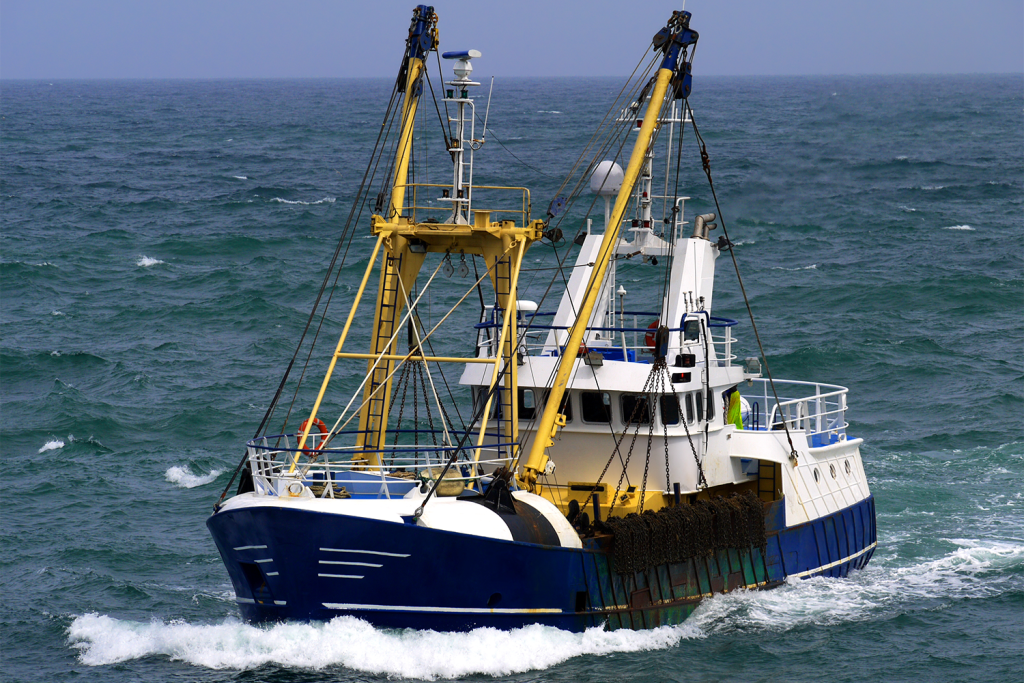
Fisheries
Fisheries in Focus: Busting misconceptions about bottom trawling and its environmental impacts
Fisheries researchers examine all environmental impacts of bottom-trawling and compare the fishing method to other forms of food production.
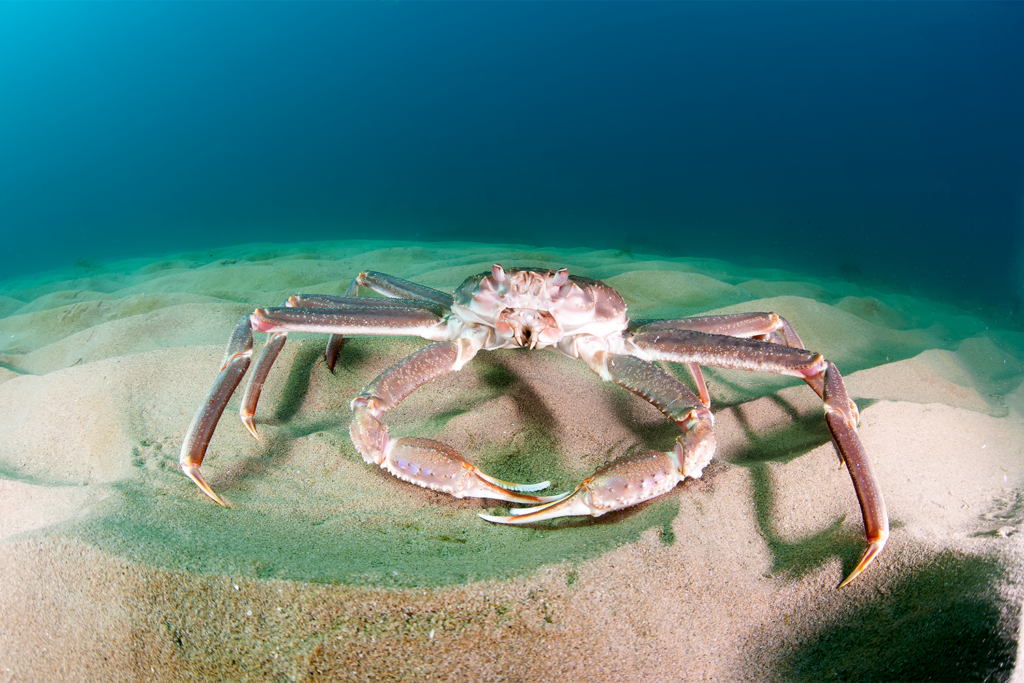
Fisheries
Fisheries in Focus: How the mystery of the great eastern Bering Sea snow crab die-off was solved
A research team has uncovered the reason why billions of snow crabs died in the eastern Bering Sea in 2021, closing the fishery for the first time.
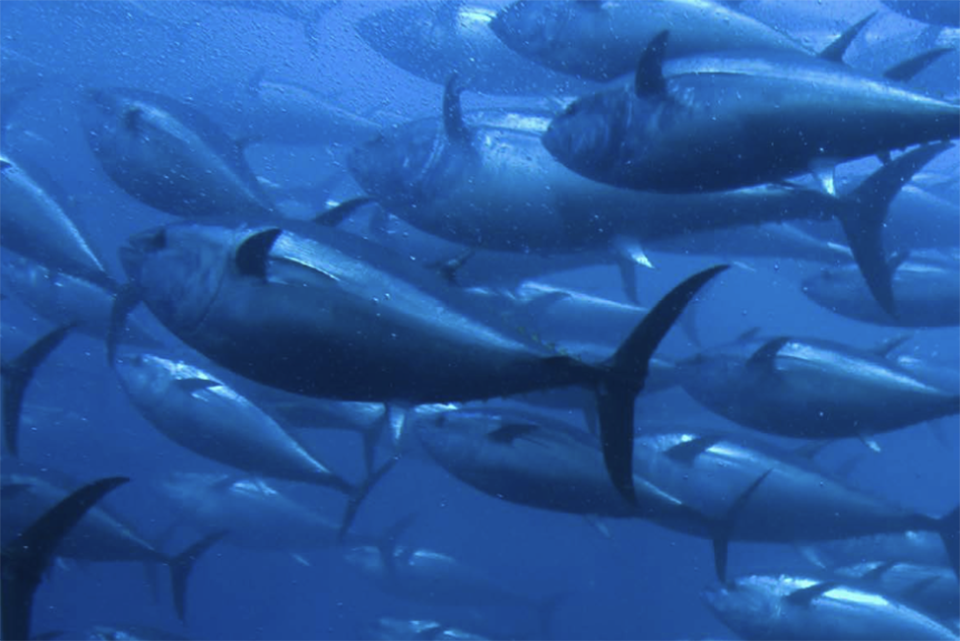
Fisheries
Fisheries in Focus: Recent paper in Science confirms basic fisheries science, conjures causality
Sustainable Fisheries-UW: Better fisheries management requires enforcement of already-in-place limits, not new regulations that also go unenforced.
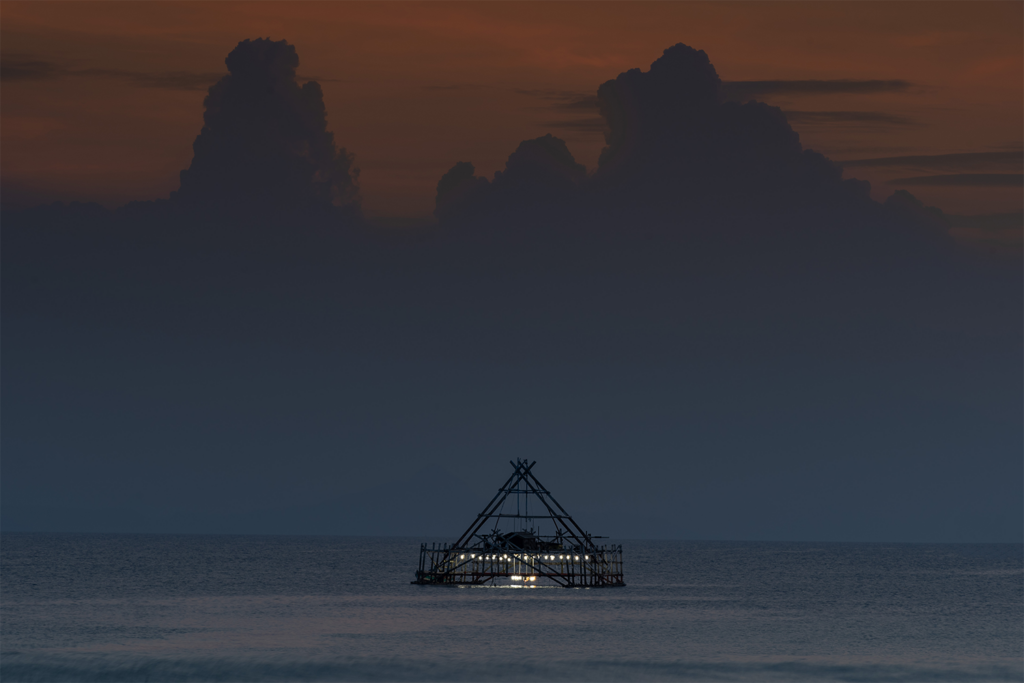
Fisheries
Fisheries in Focus: What are fish aggregating devices and why is there debate about banning them?
Use of fish aggregating devices increases fishing efficiency but can potentially increase bycatch and ocean pollution if FADs are lost or abandoned.


